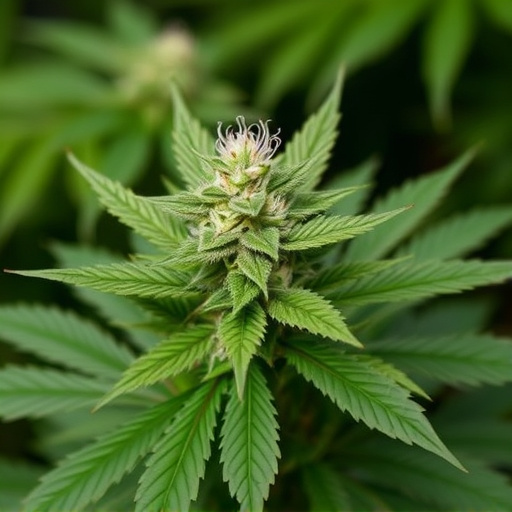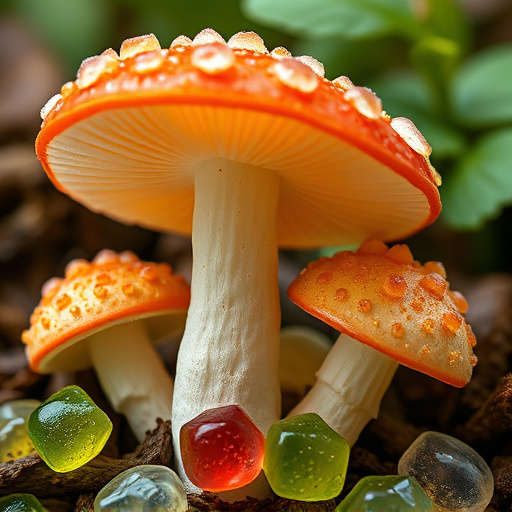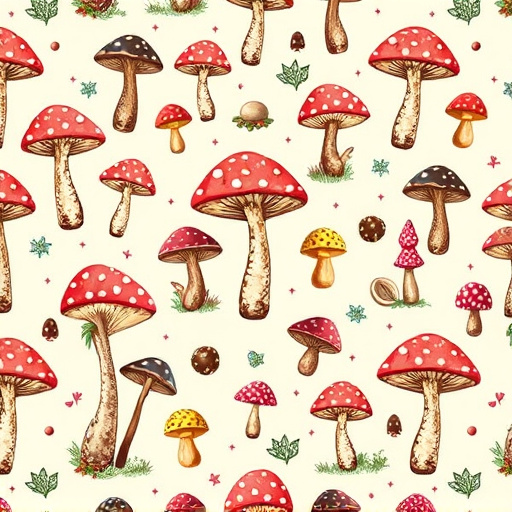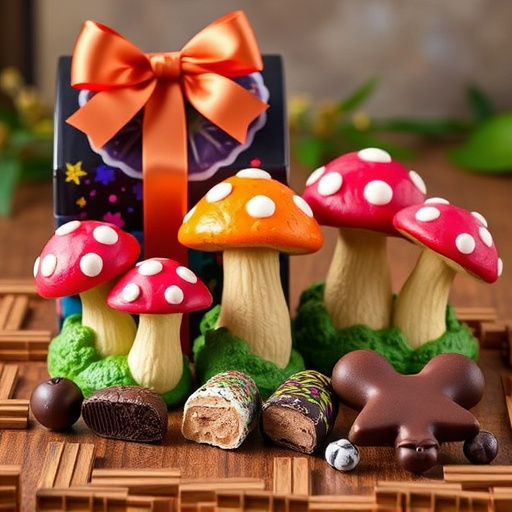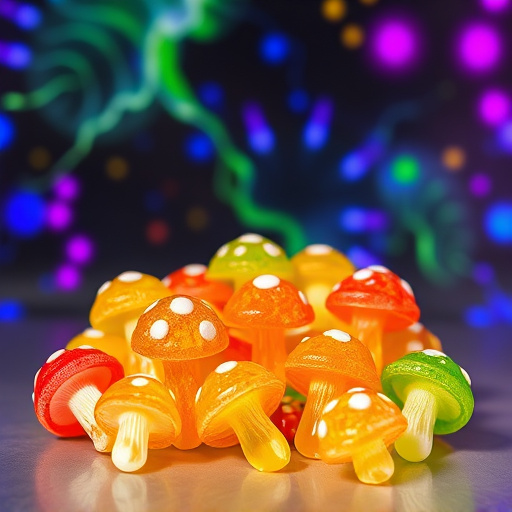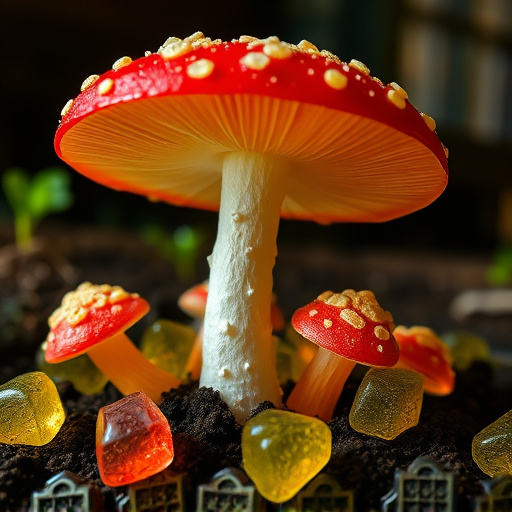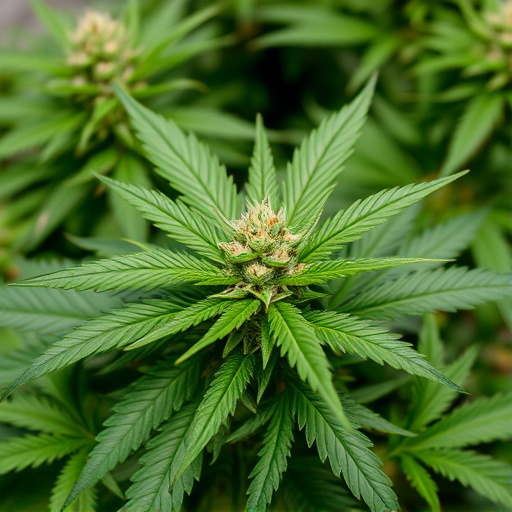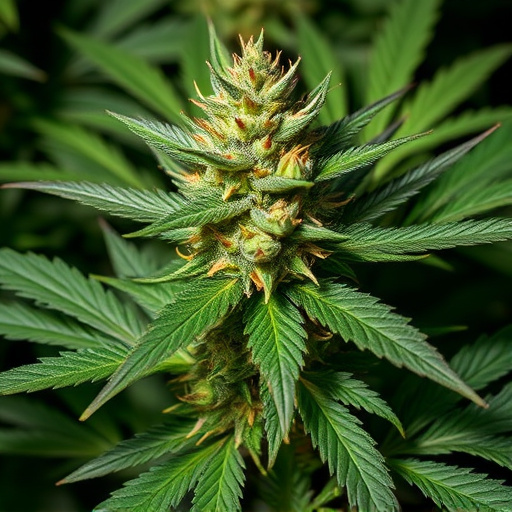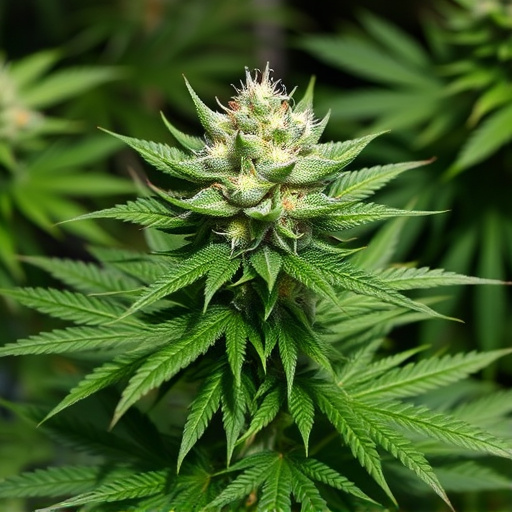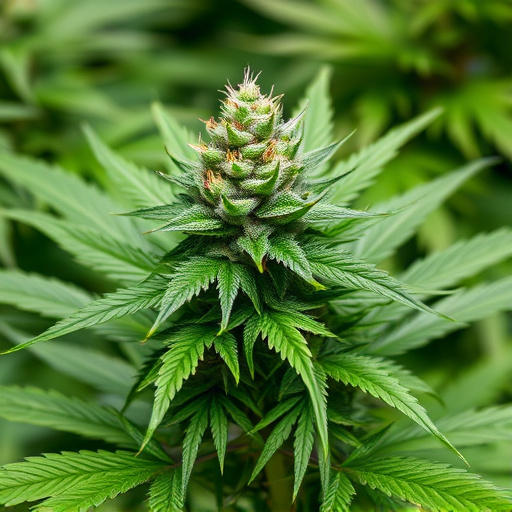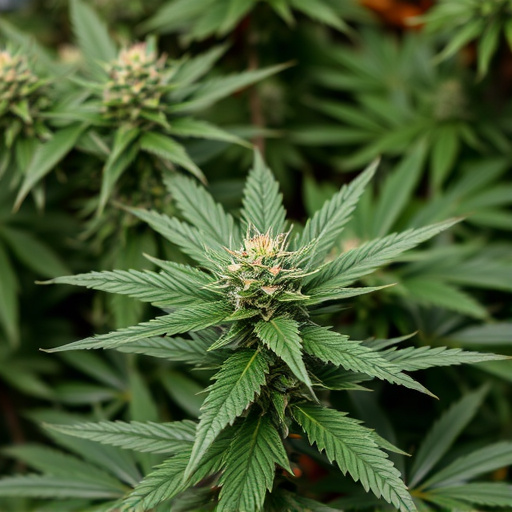Cannabis sativa strains display varied colors from vibrant greens to purples and reds, influenced by pigments like anthocyanins and carotenoids. These colors may indicate different cannabinoid profiles and potency levels, offering consumers a preliminary visual tool for strain assessment. While color can guide choices, it shouldn't be the sole determinant of potency, requiring further scientific analysis. The association between color and potency drives market trends, influencing cultivation techniques and product packaging in the cannabis industry.
“Uncover the intriguing connection between color and potency in the world of cannabis. This article explores how the visual perception of cannabis sativa strains is not merely aesthetic, but can offer insights into its potential effects. We delve into scientific research revealing the link between specific colors and cannabinoid content, challenging consumer perceptions that drive market trends. By understanding the role of color, consumers can make more informed choices, enhancing their overall experience with these diverse cannabis strains.”
- The Role of Color in Cannabis Visual Perception
- Scientific Insights on Color and Cannabinoid Content
- Consumer Perceptions and the Impact on Market Trends
The Role of Color in Cannabis Visual Perception
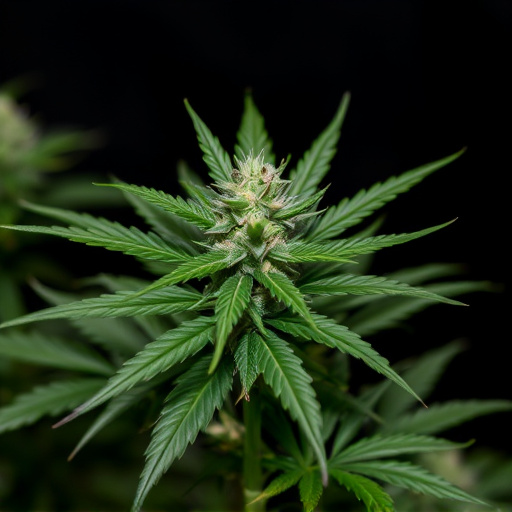
The visual perception of cannabis is often influenced by its color, which can provide valuable insights into its potential potency and effects. In the world of cannabis sativa strains, the range of colors varies greatly, from vibrant greens and purples to reddish hues. These colors are not merely aesthetic; they act as visual cues that can give consumers a basic understanding of the plant’s makeup. For instance, darker shades might suggest higher levels of certain compounds, while lighter tones could indicate different cannabinoid profiles.
The specific pigments in cannabis flowers contribute to these color variations, with each pigment having unique properties. Cannabinoids and terpenes, key components in cannabis, often correlate with particular colors. As such, visual assessment can be a preliminary guide for consumers trying to gauge the potential strength and effects of a particular strain. However, it’s essential to note that while color is an accessible indicator, it should not be the sole determinant of potency; further scientific analysis is required for precise measurements.
Scientific Insights on Color and Cannabinoid Content
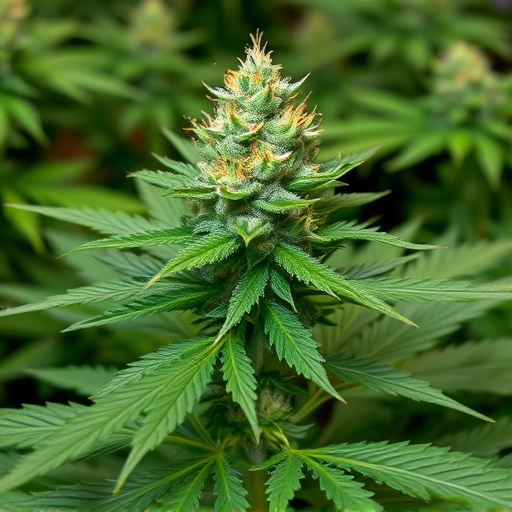
The perception of color in cannabis has long been associated with its potency and quality, leading many to believe that specific hues indicate distinct cannabinoid profiles. Scientifically, this intriguing notion explores the connection between cannabinoids, terpenes, and pigments present in Cannabis sativa strains. Research suggests that the vibrant colors we associate with cannabis are not merely aesthetic but could offer valuable insights into the plant’s chemistry.
Studies have revealed that various pigments, such as anthocyanins (responsible for red, purple, and blue hues) and carotenoids (yellow to orange pigments), can influence the cannabinoid content in different parts of the plant. These pigments act as natural protectors, shielding the cannabis plant from UV radiation and other environmental stressors. As a result, specific colors might indicate higher concentrations of desired cannabinoids like THC or CBD, providing consumers with a visual cue for quality assessment.
Consumer Perceptions and the Impact on Market Trends
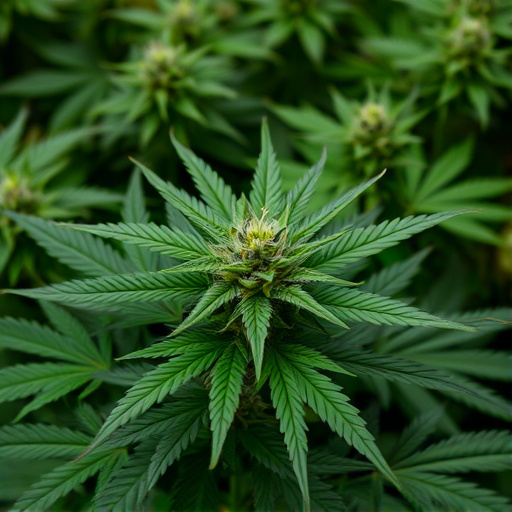
In the world of cannabis, consumer perceptions play a significant role in shaping market trends. The perception that certain colors signify potency has led to an intriguing phenomenon among cannabis enthusiasts and cultivators alike. While scientific evidence is still evolving on this subject, many consumers believe that specific hues within the cannabis sativa strains’ flowers indicate higher levels of cannabinoids. This perception has fostered a vibrant market where color-coded products are increasingly sought after, driving trends in packaging and marketing strategies.
As a result, growers are experimenting with various cultivation techniques to enhance the visual appeal of their strains. The market is witnessing a surge in the popularity of cannabis sativa strains that boast vivid colors, from intense greens to rich purples and even subtle pastels. This trend not only reflects consumer desires but also serves as a marketing tool, attracting buyers who associate vibrant hues with enhanced potency and, consequently, a superior experience.
While the impact of color on cannabis potency remains a subject of ongoing debate, scientific research and consumer perception play a significant role in shaping market trends. The visual perception of cannabis sativa strains is influenced by their diverse colors, which can lead to varying interpretations among consumers. However, studies indicate that the correlation between color and cannabinoid content is not straightforward. As knowledge expands, understanding the relationship between color and potency can empower both producers and consumers, fostering a more informed and nuanced approach to the cannabis market.
